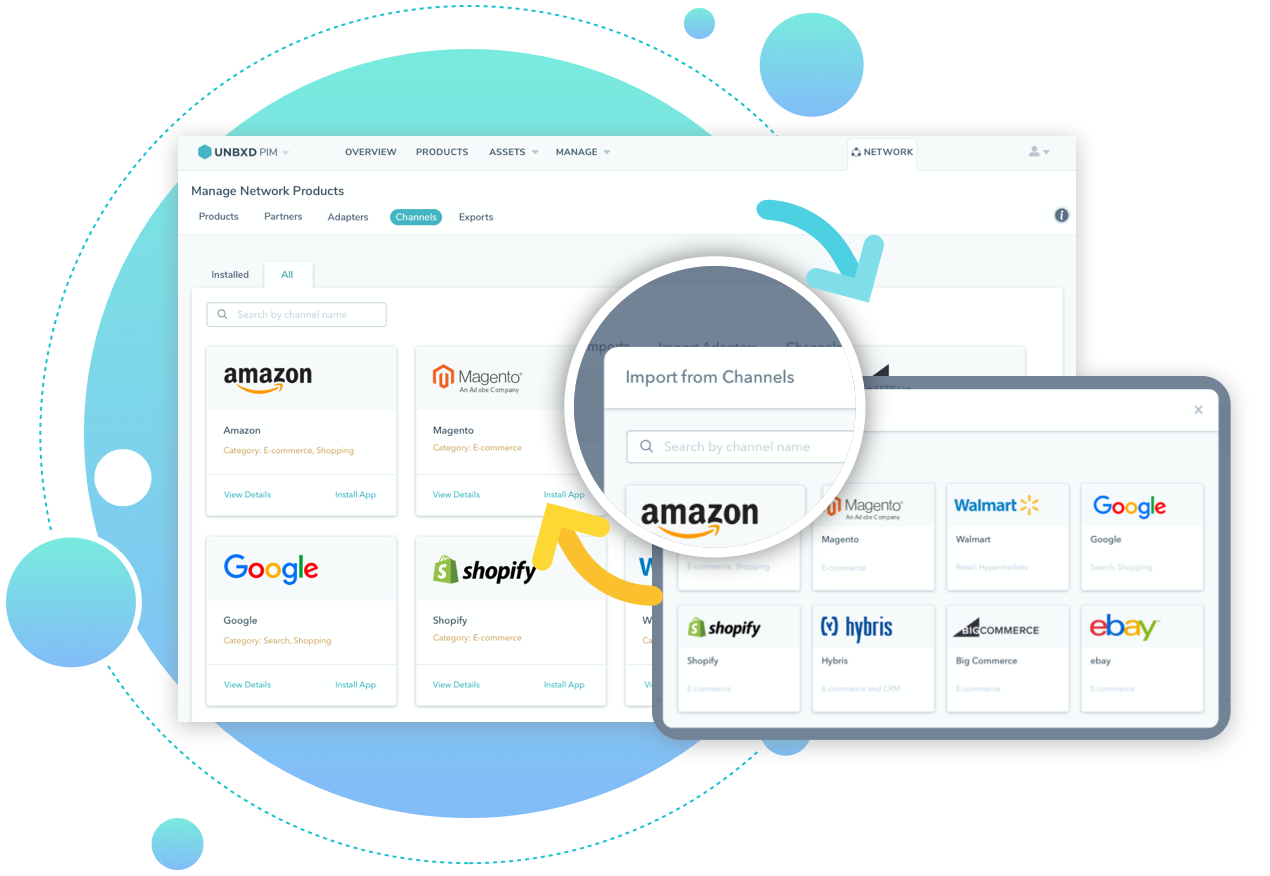What is a PIM system and how to integrate it into your business?
If you are a product manager, manufacturer, or retailer, then you probably know what Product Information Management (PIM) is. You might have even considered implementing one. If not yet then you have a good opportunity to learn more about it as a tool and how you can integrate it smoothly into your business.
What is PIM?
PIM is a Product Information Management solution made for eCommerce that works as a single source of collection, management, enrichment, and distribution of your product data to various sales channels. Especially for brands that are operating globally, the biggest challenge is to modify and customize the product information as per each retailer’s requirements. There are also multiple market-specific demands for retailers to be able to sell their products in different locations all around the world. Thus they manage the data from PIM in multiple formats and languages via a centralized catalog. This way they can collect, edit, refine and save product information automatically as there are special customized PIM software solutions present in the market.
What is PIM system integration?
All the enterprise product data and information are stored and held in the PIM system. These systems usually synchronize with other applications, for instance, an inventory management system, which also holds a lot of important product information data. In order to achieve contrasting product data from different systems together, a lot of companies are implementing PIM integration- helping them to accomplish a 360-degree view of their product data.
A new approach to PIM integration
Many businesses are finding it hard to attain a point-to-point integration for PIM integration; that is why they are falling back to the API-driven approach to PIM integration. Also known as API-led connectivity. Connectivity that links data to application through renewable and purposeful APIs. These APIs are created to play a specific role- unlatching data from systems, framing data into processes, or delivering an experience.

Pim Integration Benefits
Integrating PIM into your processes will help you boost your company performance. It will save your employees time from filling uncountable excel sheets and entering repetitive data tasks that are related to your product catalog. It will allow your employees to work towards more value-added tasks such as building loyal relationships with the retailers or suppliers for additional marketing activities and sales. It will simplify the process and will churn out 100% accurate product data and directory levels regardless of enterprise system or application. It has the ability to reach the market faster and expand sales channels. It also helps with decision-making by giving complete visibility to the product catalog. Lastly, through PIM integration you have reduced operational costs.
Verdict
There comes a point where even the tiniest hiccup in the operational workflow will lead you to fall behind and your competition might beat you in the market. This makes your conversion rates suffer and the worst of all is your customers are unsatisfied. Therefore, make sure that you integrate the right PIM software to save your business from suffering. All the best!
Comments
Post a Comment